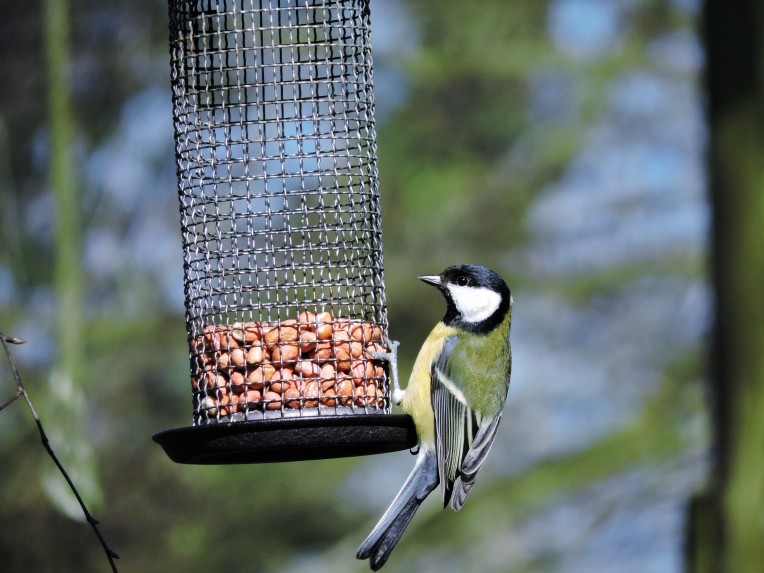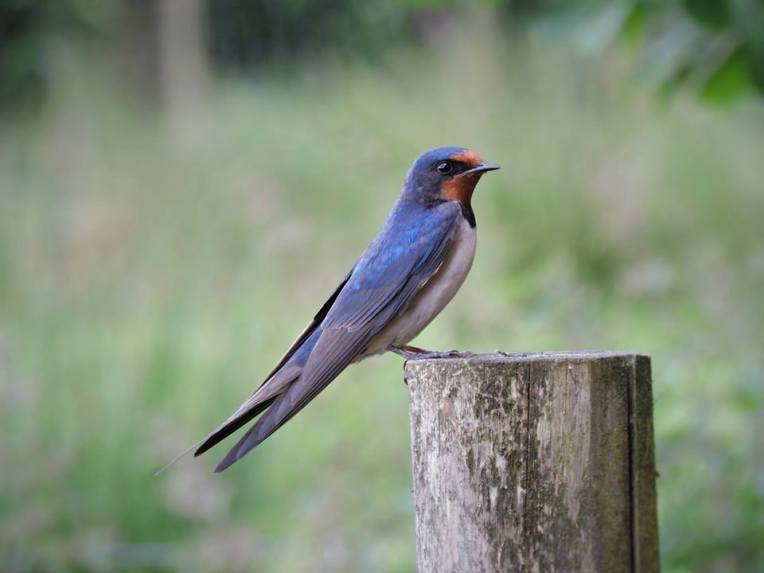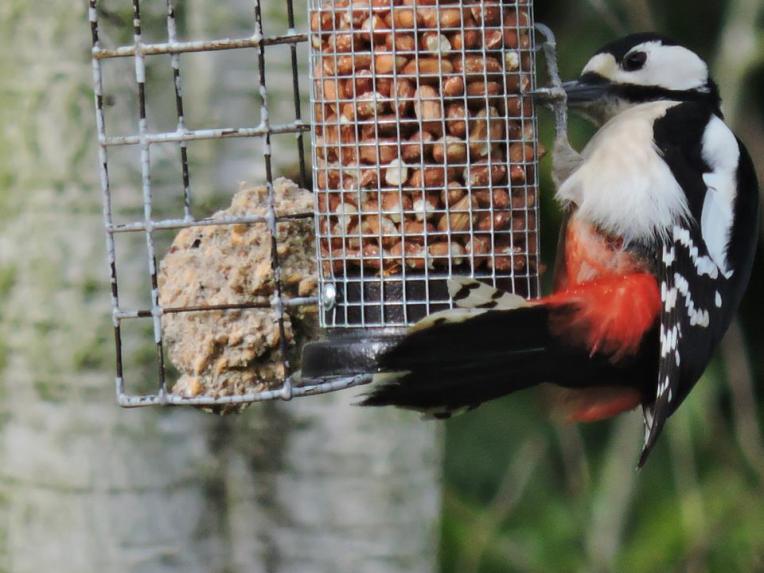After our last blog post about insects, I’m sure you’ve all been keeping your eyes to the ground! Now it’s time to look up though – with the bird breeding season upon us it’s well worth keeping an eye on the trees and hedgerows to see who’s around. Below we’ve listed a few of our favourites to keep an eye on – particularly if you have bird feeders in your garden. Thank you to Rosie from the Wilde & Greene farm shop for her amazing photographs.
- Chaffinch
These little delights are a lovely addition to any garden. Their distinctive colouring (red with a bluish grey head for males, a more subdued brown and buff for the females) separates them from other finches. Look for their obvious black and white wing bars in flight.
During nesting season these little birds make a distinctive frog-like ‘kkk-kkk’ if you venture too close to their nests, and loud ‘feep’ calls can often be heard coming out of hedgerows and trees.

2. Dunnock
This lesser known sparrow is the real life ‘little brown job’ of the bird world. Sometimes called a ‘hedge sparrow’ you will often see them skulking around the ground underneath bird feeders, hedgerows and bushes. For something so normal looking, Dunnocks have extremely interesting breeding methods. It’s always the quiet ones. Listen for a high-pitched, rather frantic chatter coming from hedges.

3. Greenfinch

Greenfinches love black sunflower seeds! They are bright little birds with a twittering (sometimes a bit jurassic) song. They’re common on heathland, in parks and gardens and in woodland. Their distinctive green-green plumage and black-tipped wings make them easy to spot.
4. Great Tit

Great Tits are very easy to tell apart from other members of the tit family. They have a long, pointed beak and a very black head. They’re much larger than blue tits, and their plumage tends to be more green than blue, with a yellow chest. It’s a very common garden and bird feeder visitor. You can hear its very distinctive two syllabled ‘teacher-teacher’ call pretty much anywhere you go.
5. Long Tailed Tit

These lovely little birds are a common favourite. They fly from tree to tree in excitable family units devouring insects as they go. You’ll often find them on fat-ball feeders. They have an almost electric sounding repeated ‘sceep’ call which is hard to miss when they’re around! Long-Tailed Tits are easy to spot – they’re little rose-pink, white and black fluff balls with very long tails and short beaks.
6. Goldfinch

Other than an extremely distinctive bubbling chatter, Goldfinches are incredibly easy to recognise because of their read faces, black caps and yellow and black wings. They’re common visitors to bird tables, gardens and parks, although I often see them sitting on top of houses on aerials chatting away to one another.
7. Barn Swallow

They’ll be back soon! Swallows migrate here from March until October for the summer and nest inside old farm buildings. They have a distinctive chatter with a ‘kkk’ noise coming from the throat added in for good measure. Barn Swallows have such a distinctive shape – a deep forked tail with long streamers and pointed, elegantly curved wings, you’ll most likely see them on the wing, playing and flying through the air catching insects as they go. They have white undersides, red throats and blue bodies.
8. Great Spotted Woodpecker

These striking birds have black and white plumage with strong red undersides. The male also has a distinctive red patch on the back of his head. You’ll more likely hear them rather than see them when they’re in trees – either a loud drumming or a loud call that is almost like a laugh, which they often do in flight too.
Rosie was lucky enough to have one on her bird feeder, where they can sometimes be spotted (they like peanuts). Otherwise, look out for them in woodland, parks and large gardens.
With numbers in strong decline, it’s more important than ever to take notice of the birds that we have in our local area. Why not keep a record of the species that you see – maybe even keep a tally on numbers to monitor the birds year on year? Even if you decide not too, they’re still nice just to look at!
